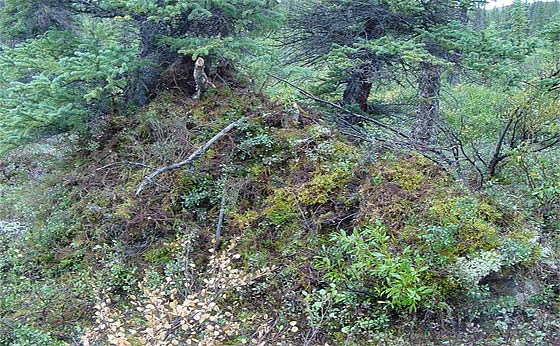Build A Survival Shelter While Considering These Guidelines
Shelter is a number one priority for survival under some circumstances – namely hypothermia. Our core body temperature can quickly drop to dangerous levels from exposure to the elements and the effects of cold.
If in the wilderness, building a simple survival shelter could save your life. Here are a few guidelines to consider with regards to building a survival shelter.
SURVIVAL SHELTER LOCATION
Deciding where to build your shelter is important in the following ways:
The shelter location should be nearby the materials that you will need to build it from, such as sticks, leaves, and grasses.
The shelter location should be safely away from dangerous hazards, such as falling branches (under a susceptible tree), pooling water (look at the lay-of-the-land in case it rains), and insect nests (not fun).
The shelter location should be on a flat enough and large enough area to enable you to sleep comfortably while lying down.
SURVIVAL SHELTER STRENGTH
The shelter should be built while cognizant of safety factors.
For example, be sure the main framework is constructed of large enough and strong enough branches. A rule-of-thumb is the branches that are used for the main frame should be strong enough to support the weight of an adult.
Reason being that you will be stacking layers of debris materials against the frame in order to provide adequate insulation properties and protection from the elements. The weight all adds up.
SURVIVAL SHELTER SIZE
Do not be tempted to make your shelter too large (a common mistake). It will take longer to build, require more materials, more time and energy to build it, and may be too cold because of the large space inside.
A good shelter is on the small side, and is just big enough so that you fit inside fairly snug in order to conserve your body core temperature. This is obviously less important during warm weather – although don’t be fooled because it can get cool enough at night to be a problem – and the weather is always a potential factor.
SURVIVAL SHELTER INSULATION
Insulation and the shelter cover of debris is very significant to keep you protected from the weather. Do not skimp here.
Good examples of debris to use are layers of small sticks, grass, ferns, leaves, pine needles, moss, branches with leaves, etc. Use lots of it for more protection and insulation.
Use this debris to also create a make-shift mattress on the inside of the shelter. This will help protect you from the cold ground.
With an understanding of the basic guidelines while building a survival shelter (and some practice) you will be better able to overcome a survival situation in the woods.

